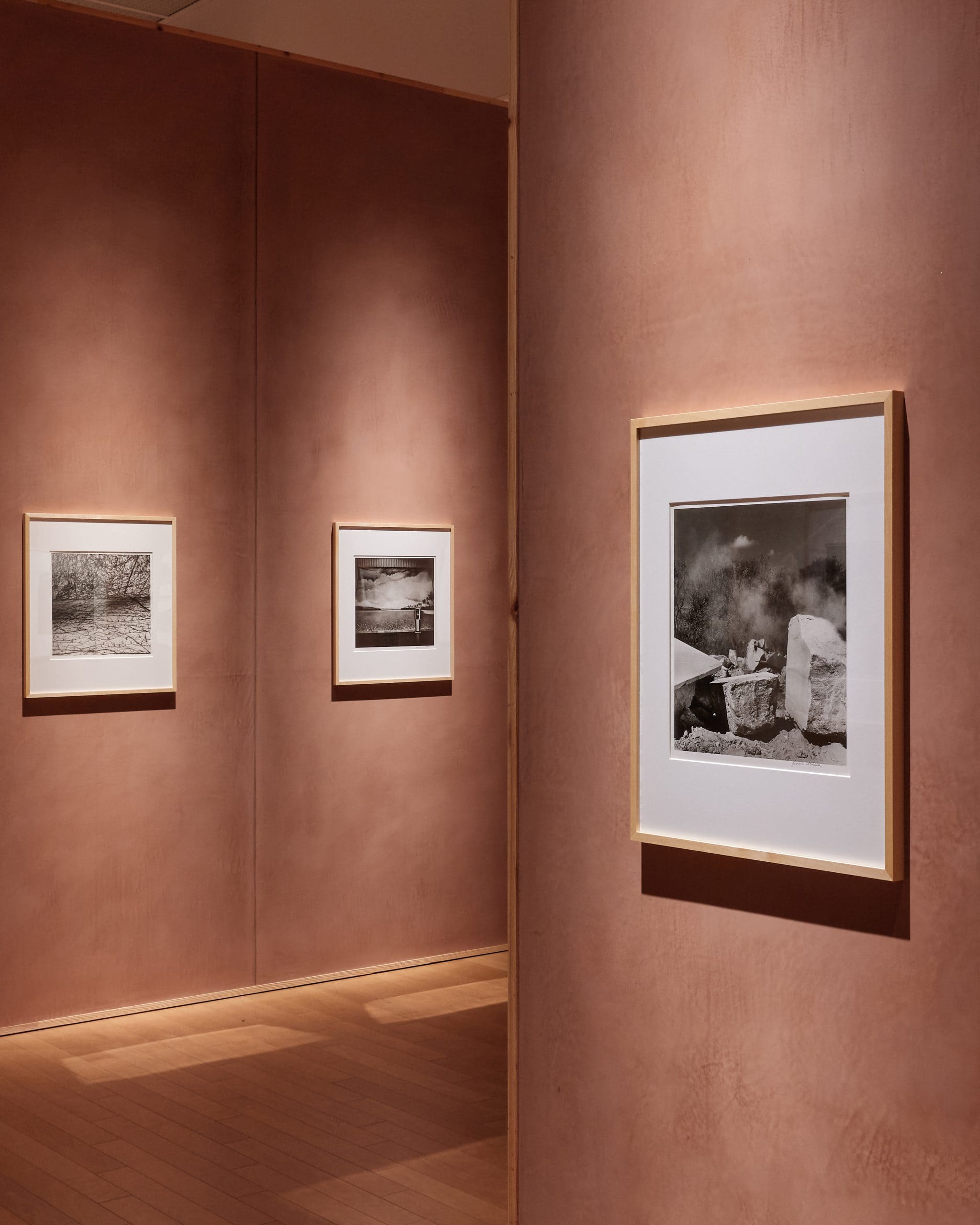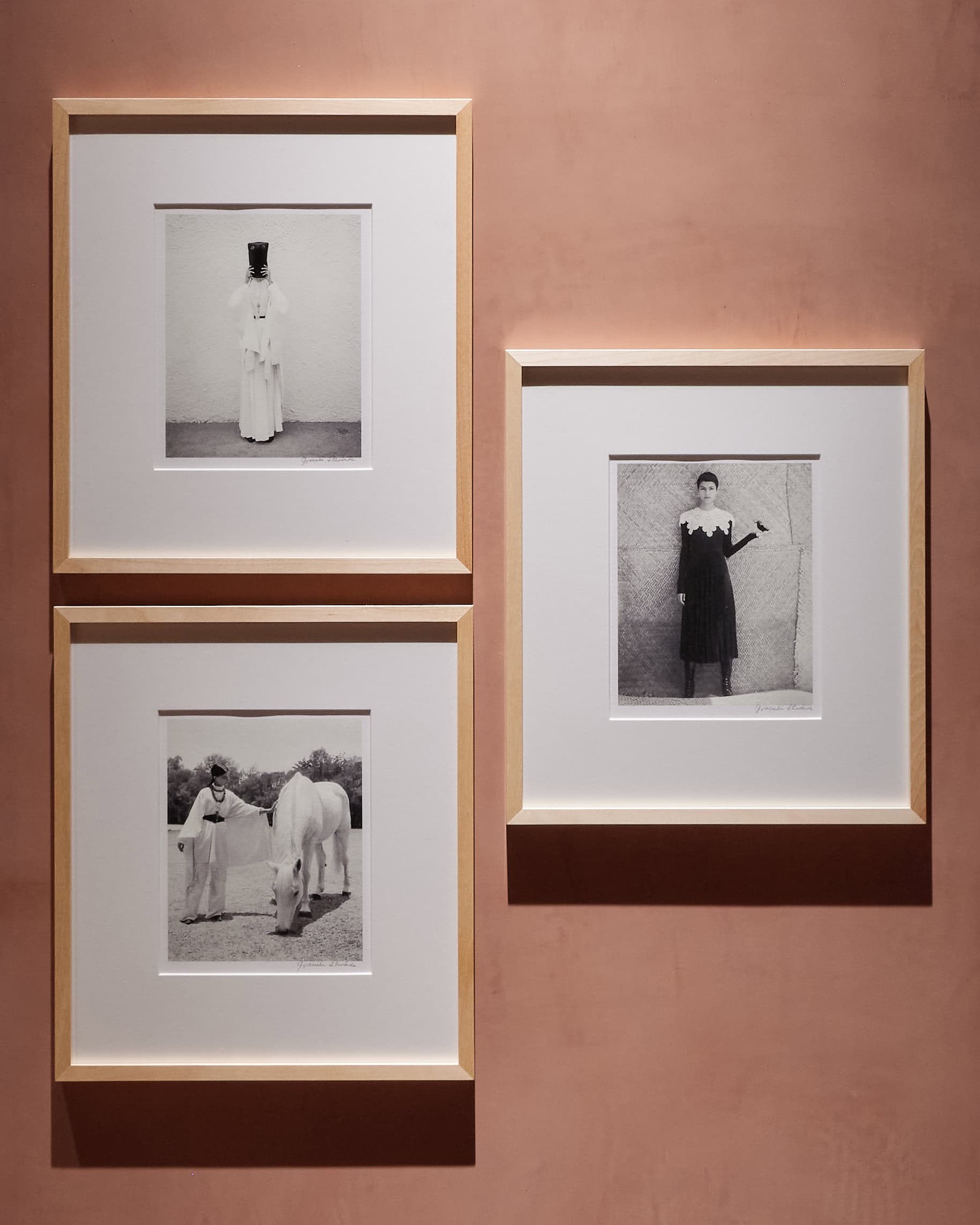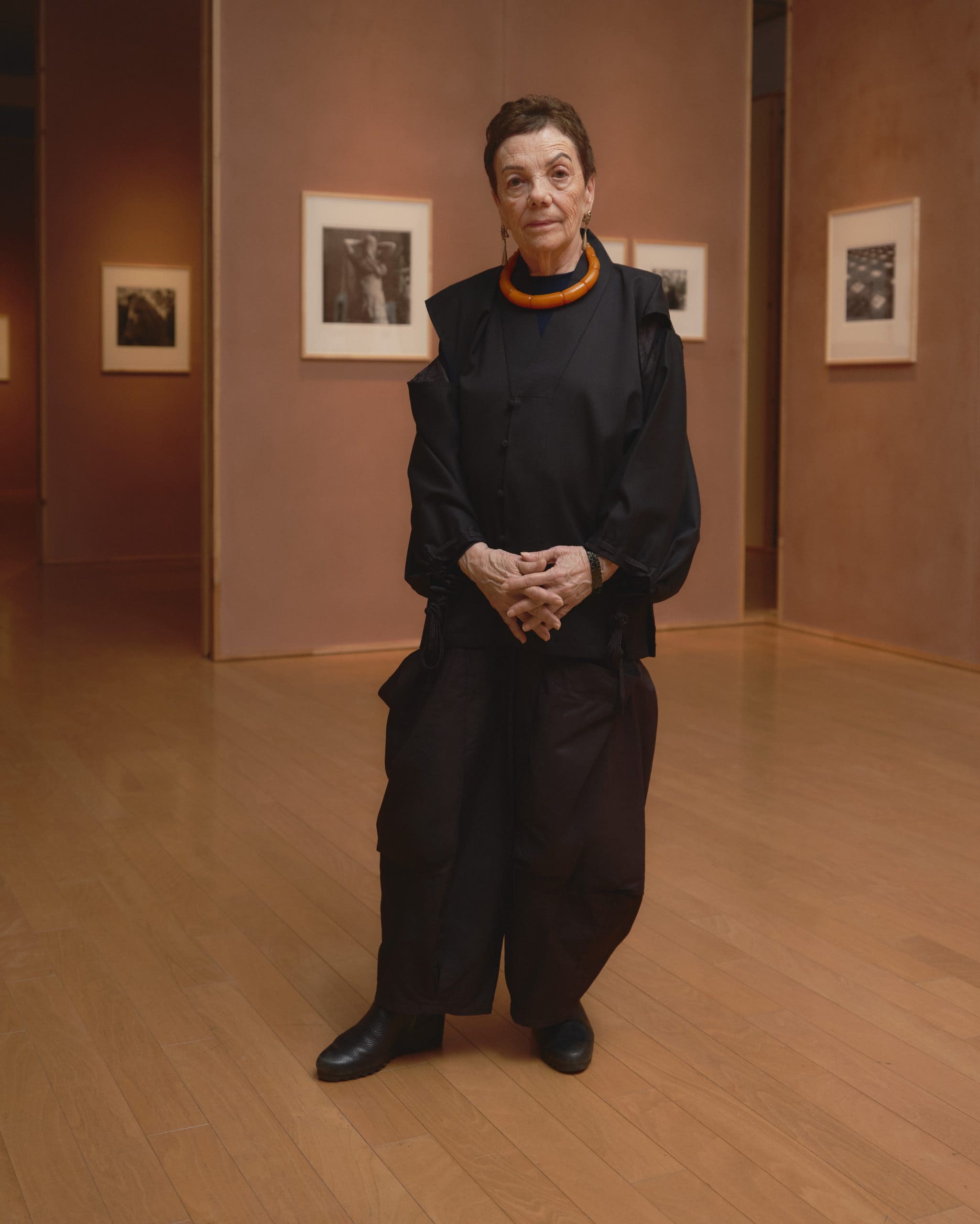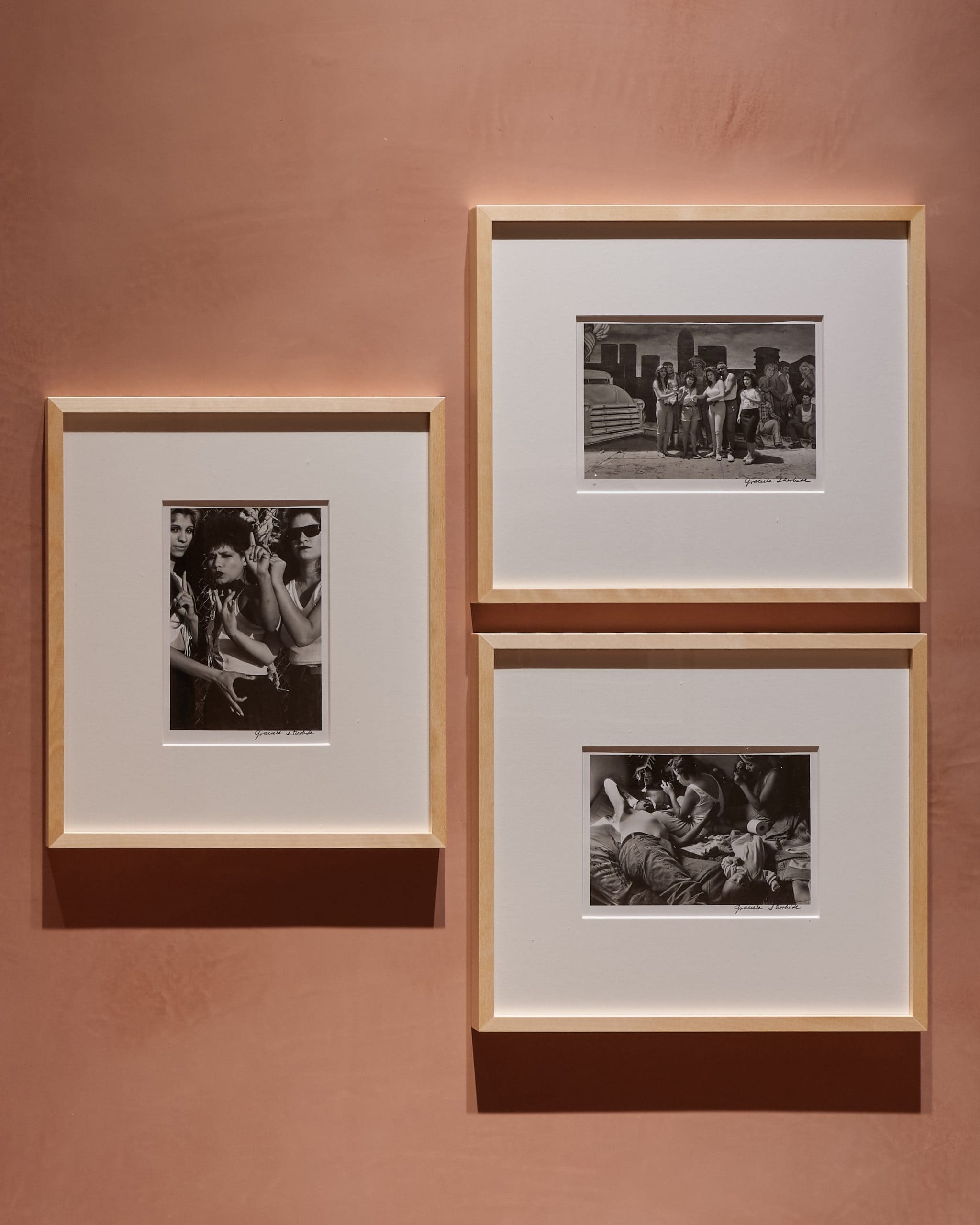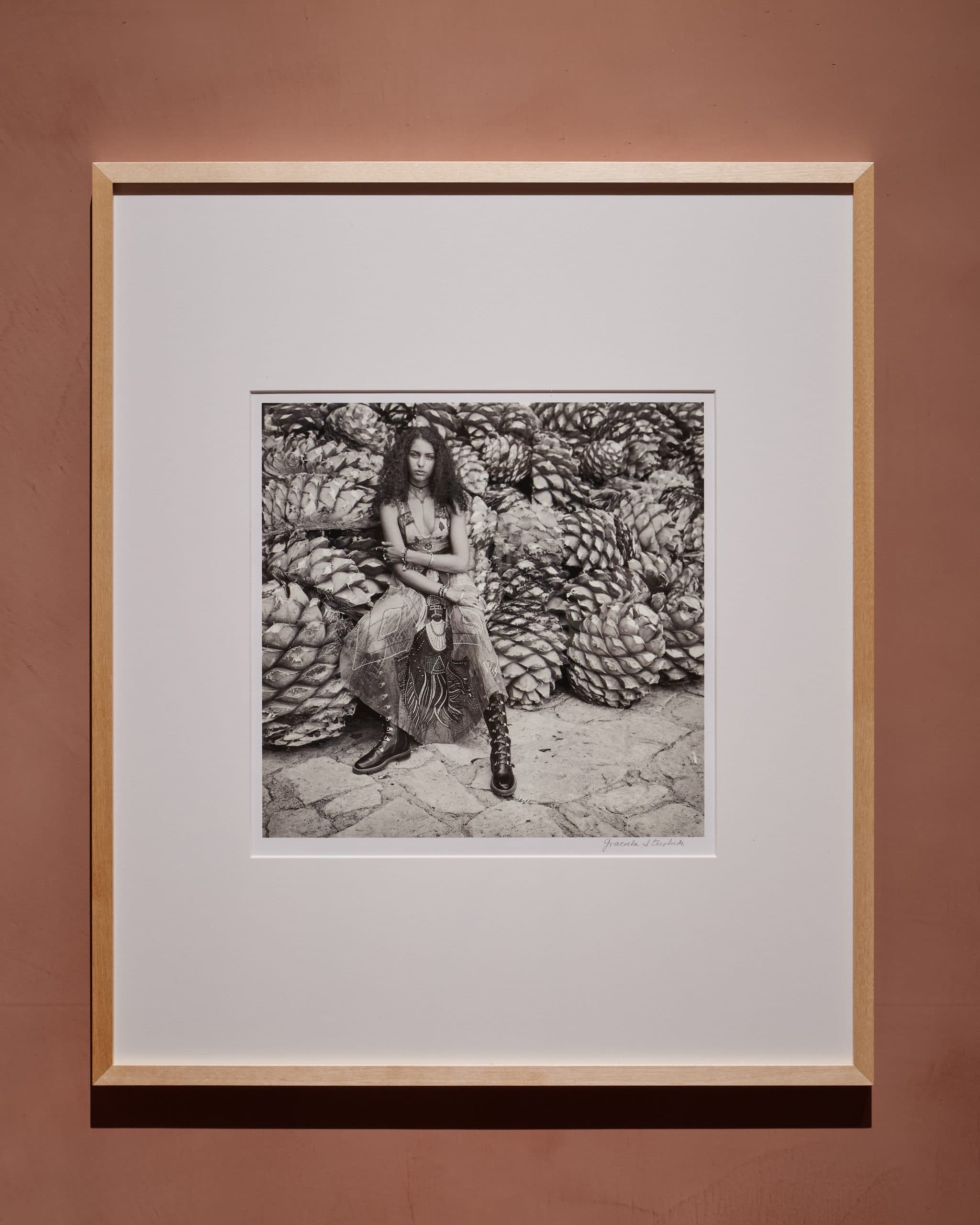In an unprecedented cultural exchange that bridges continents and traditions, the renowned Mexican photographer Graciela. Iturbide unveils her first major Japanese exhibition at the prestigious KYOTOGRAPHIE festival in Kyoto. Supported by the House of Dior, the retrospective, running from April 12 to May 11, 2025, offers a rare and comprehensive view of an artistic journey spanning six decades.
The exhibition reveals the full breadth of Iturbide’s remarkable career, from her early influences to her recent fashion collaborations, establishing a dialogue between her unflinching documentary approach and the refined aesthetics of haute couture.
Born in Mexico City in 1942, Iturbide initially pursued filmmaking studies at the Universidad Nacional Autónoma de México before pivoting to photography under the mentorship of Manuel Álvarez Bravo, whose influence remains visible in her stark compositional style. Rejecting the exoticized gaze often directed at indigenous communities, Iturbide developed a distinctive visual language characterized by respect, intimacy, and a profound sensitivity to ritual and tradition. “Iturbide’s photography transcends mere documentation,” notes exhibition curator Lucien Terashima.
“Her images capture moments where everyday life intersects with the symbolic,revealing truths about cultural identity that feel both timeless and urgently contemporary.” The exhibition’s chronological presentation allows visitors to trace Iturbide’s artistic evolution, from her early explorations of Mexican funeral customs to her landmark 1989 publication “Juchitán de las Mujeres,” which established her reputation as a photographer with a uniquely feminist perspective.
The striking black-and-white photographs of Zapotec women from Oaxaca challenge conventional representations of femininity and power, depicting subjects who confront the camera with unwavering dignity.Though primarily recognized for her documentary work, Iturbide’s recent collaborations with the fashion world represent a fascinating extension of her artistic practice rather than a departure from it. The exhibition dedicates significant space to her partnership with Dior’s Creative Director Maria Grazia Chiuri, including images from their Oaxaca photographic reportage for the Cruise 2018 collection.
These photographs, later featured in the commemorative volume “Her Dior” (2021), demonstrate how Iturbide approaches fashion with the same anthropological rigor she brings to her documentary projects. Her 2023 portraits for Vogue Mexico, created following Dior’s Cruise 2024 show in Mexico, similarly blur the boundaries between documentary photography and fashion imagery.
“What distinguishes Iturbide’s fashion work is her refusal to compromise her artistic integrity,” observes fashion historian Yumiko Tanaka. “She brings the same unsparing eye and ethical framework to these commercial projects, transforming what might be mere advertisements into cultural documents of lasting significance.” The decision to present Iturbide’s work in Kyoto creates meaningful parallels between Mexican and Japanese aesthetic traditions. Both cultures share a profound respect for ritual, an embrace of symbolic imagery, and a nuanced understanding of the relationship between humanity and nature. The exhibition design acknowledges these connections through thoughtful juxtapositions of Iturbide’s images with traditional Japanese architectural elements.
“There is an unexpected harmony between Iturbide’s visual language and Japanese aesthetic principles,” explains festival director Haruto Miyazaki. “Both embrace negative space, impermanence, and the beauty of the imperfect. Her work finds a natural home here.” This cultural resonance extends to Dior’s involvement as well. Christian Dior’s well-documented passion for art and his formative experiences as a gallery owner before becoming a couturier establish a historical precedent for the fashion house’s support of this exhibition. The partnership honors the maison’s longstanding commitment to artistic collaboration while introducing Japanese audiences to a photographic vision that, despite its geographic specificity, speaks to universal human experiences.
As visitors move through the exhibition’s elegantly sparse galleries, they encounter not only a singular artistic vision but also a powerful argument for photography’s capacity to bridge seemingly disparate worlds. In Iturbide’s penetrating gaze, the traditional and contemporary, sacred and profane, fashion and documentary all exist in productive tension, creating a body of work that continues to reveal new depths with each viewing.
